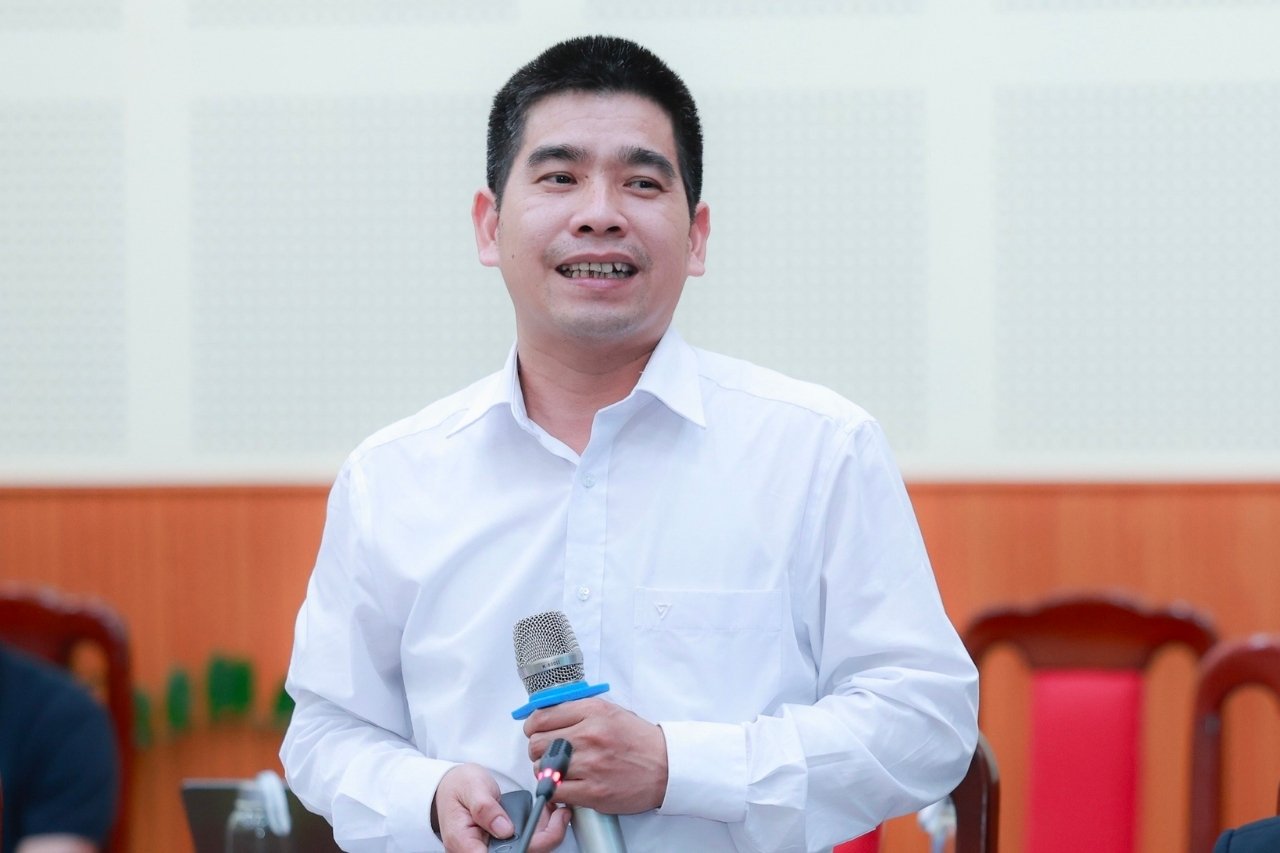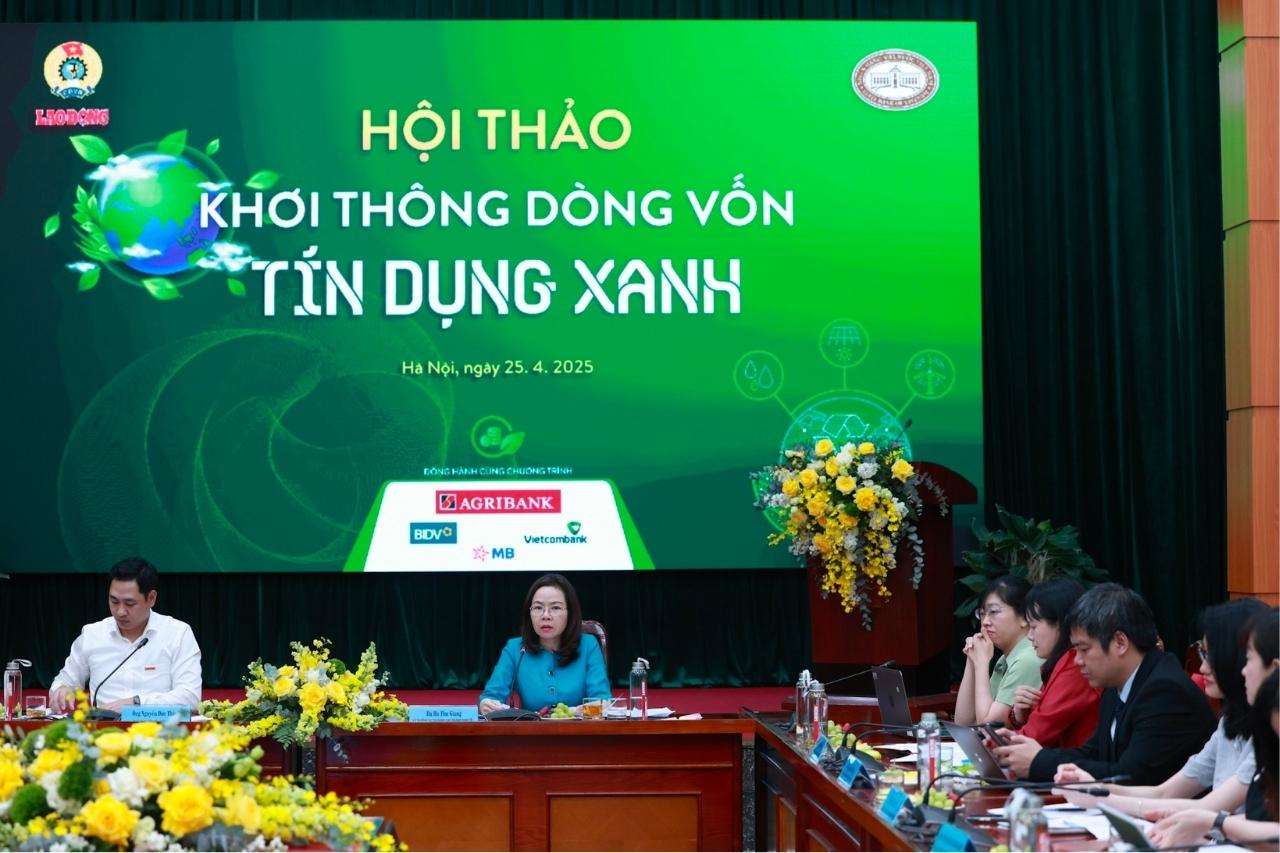Specific regulations on green credit and green bonds
At the seminar "Interrupting the green credit capital" organized by the Lao Dong newspaper in collaboration with the State Bank of Vietnam, taking place on April 25, 2025, PhD. Lai Van Manh - Agricultural and Environmental Policy Institute (Ministry of Agriculture and Environment) said: "We have coordinated with the Ministry of Finance and the State Bank to send the Green Classification List to the Government. This is an important step to complete the legal framework for the green financial market."
According to Dr. Lai Van Manh, for the first time, the Law on Environmental Protection has made a breakthrough when it included two separate provisions on green credit and green bonds - creating a legal foundation for mobilizing and allocating capital flows to serve sustainable development goals. However, he also noted that these are new issues not only for Vietnam but also for the world. Each country has different institutional characteristics, policies, environmental goals and development levels, so the approach to the Green Classification List is also very diverse.

Statistics to date show that more than 35 green classification categories have been published or are being finalized, in the form of classification frameworks, technical instructions or legal regulations. In which, the portfolios of the EU, China, and ASEAN are assessed to be comprehensive and updated. Despite differences, the portfolios all aim at a common goal of determining which is a "green" investment, thereby creating a basis for management agencies, financial institutions and investors to make decisions in accordance with the sustainable development orientation.
Green classification list is the foundation for expanding green investment capital
There are currently three main approaches to building a Green Classification List in the world. The first is to approach the principle of "White List" - that is, determining in advance the qualified industries and technologies. Second is the approach based on technical screening criteria as applied by the EU, South Korea and South Africa. Third is the flexible approach, popular in Malaysia and Japan, based on guidelines and green principles.

For Vietnam, Dr. Lai Van Manh proposed that some areas should be prioritized in the Green Classification List such as renewable energy (solder, wind power, tides, green hydrogen...), zero-emission transportation, green standard works, water supply and drainage, circular agriculture, sustainable aquaculture, waste treatment and environmentally friendly production.
A core requirement in determining green projects is to meet the criteria of performance, technology, materials and especially not cause significant harm to other environmental goals. The projects must comply with environmental protection planning, environmental impact assessment and current technical regulations.
Regarding the mechanism for confirming green projects, Dr. Manh said that it is necessary to diversify the form of confirmation, which can be self-confirmed or through independent consulting organizations. If necessary to apply preferential policies, the State can authorize organizations with sufficient capacity to carry out certification according to international standards but still ensure compliance with Vietnamese law.
In general, the development of a Green Classification List system in accordance with international practices but adjusted according to Vietnam's conditions is an important pillar of a green finance strategy. Not only does it help clearly define priority investment projects, this classification framework also creates a foundation for expanding green credit, issuing green bonds and attracting domestic and international resources to serve green growth.
According to experts, a strict legal foundation will help reduce risks for credit institutions when lending green projects, while encouraging many investors to convert production - business models towards environmental friendliness. This is a prerequisite for green credit to truly become a major capital flow in the green transformation period in Vietnam.












